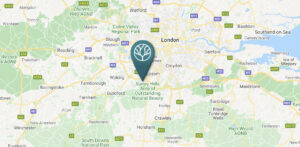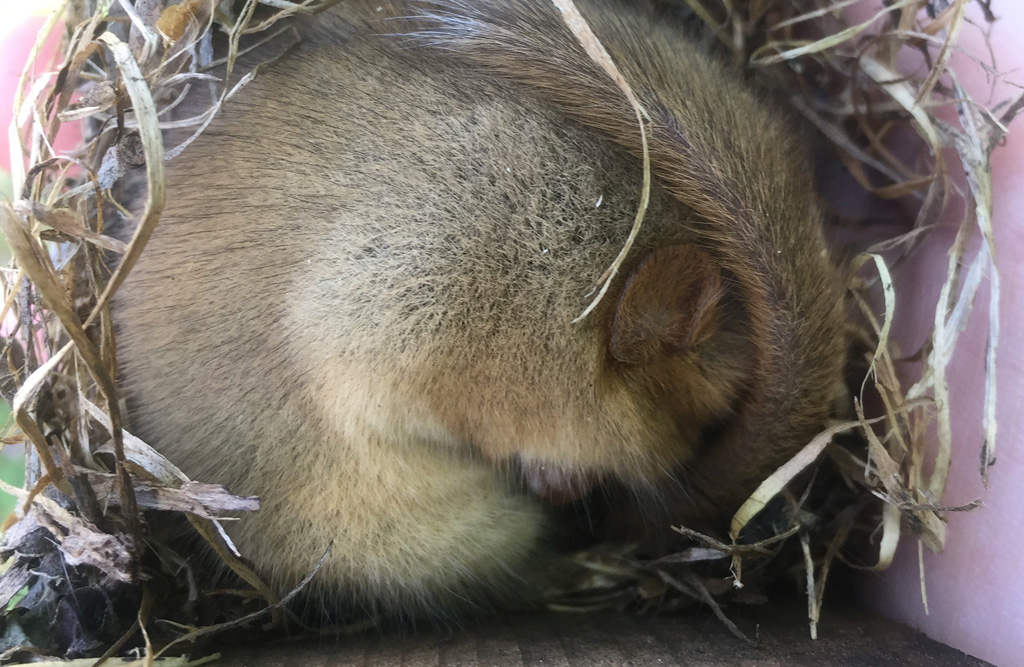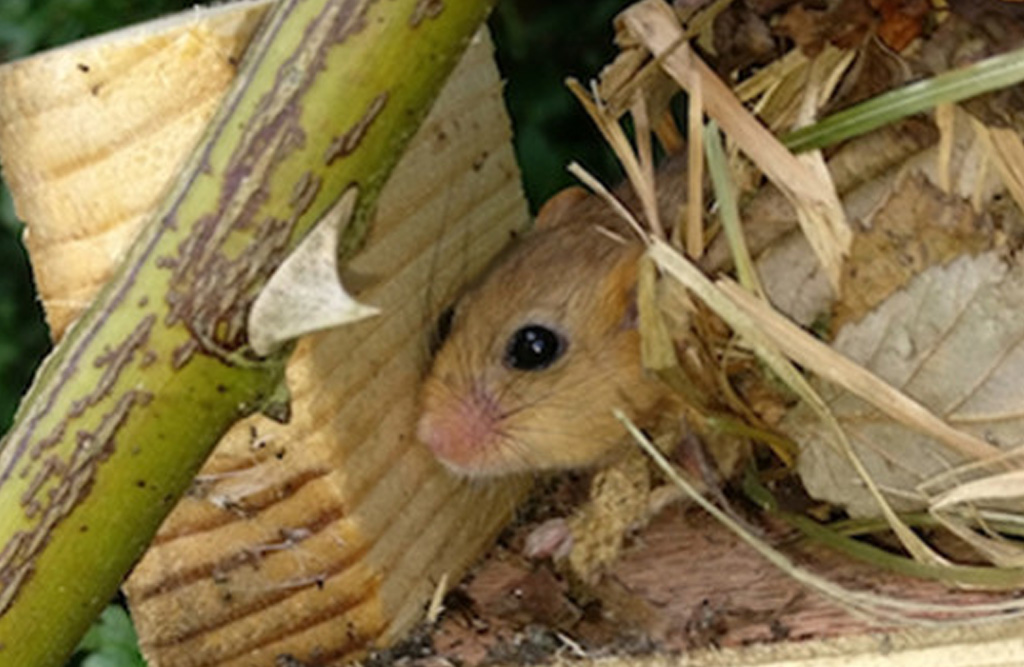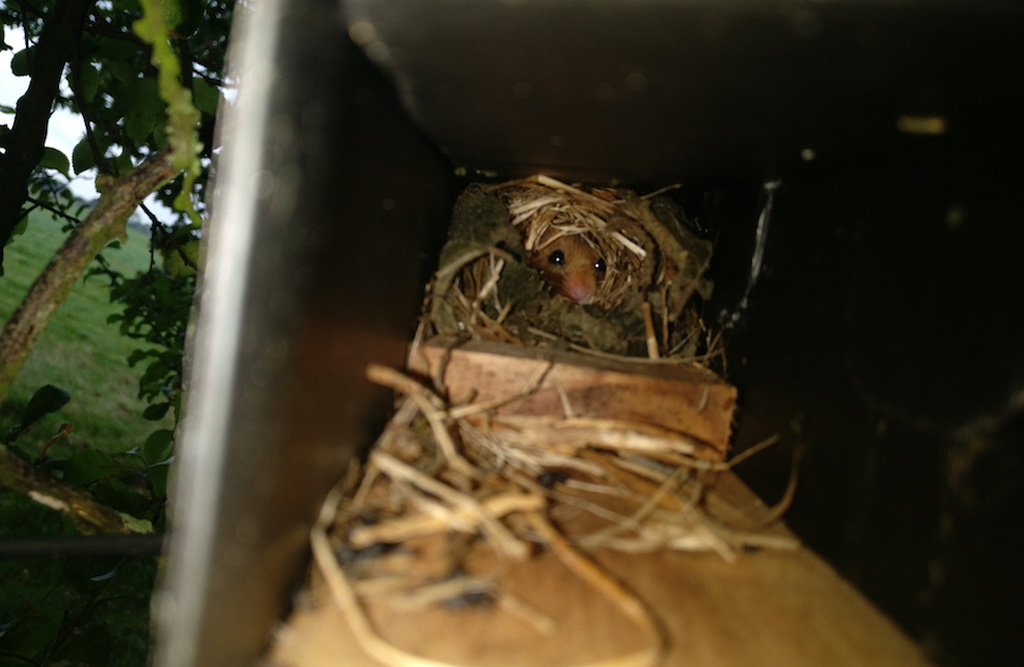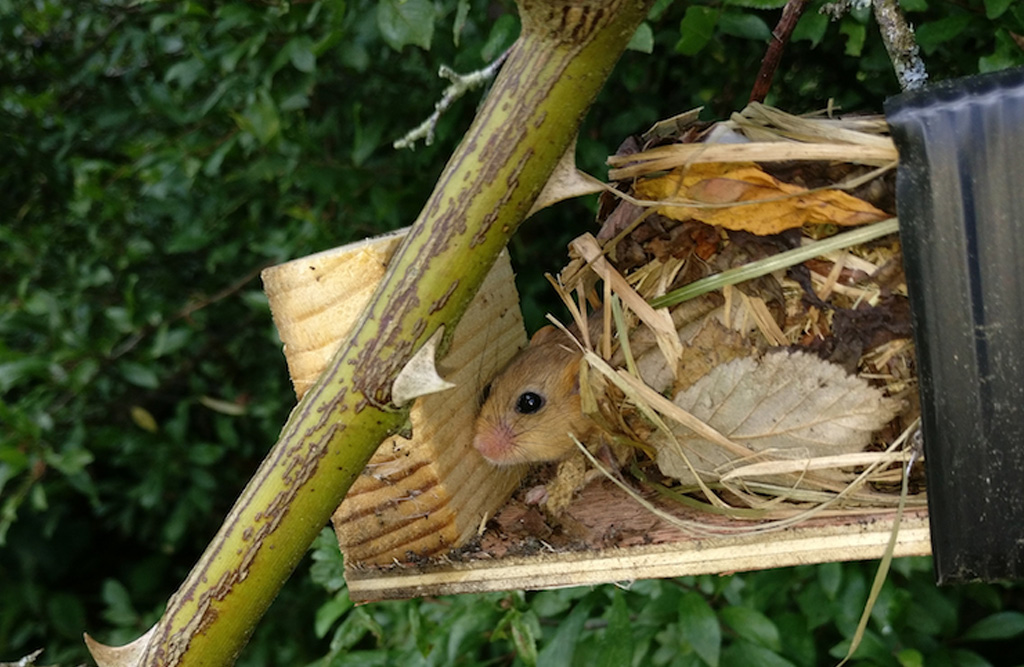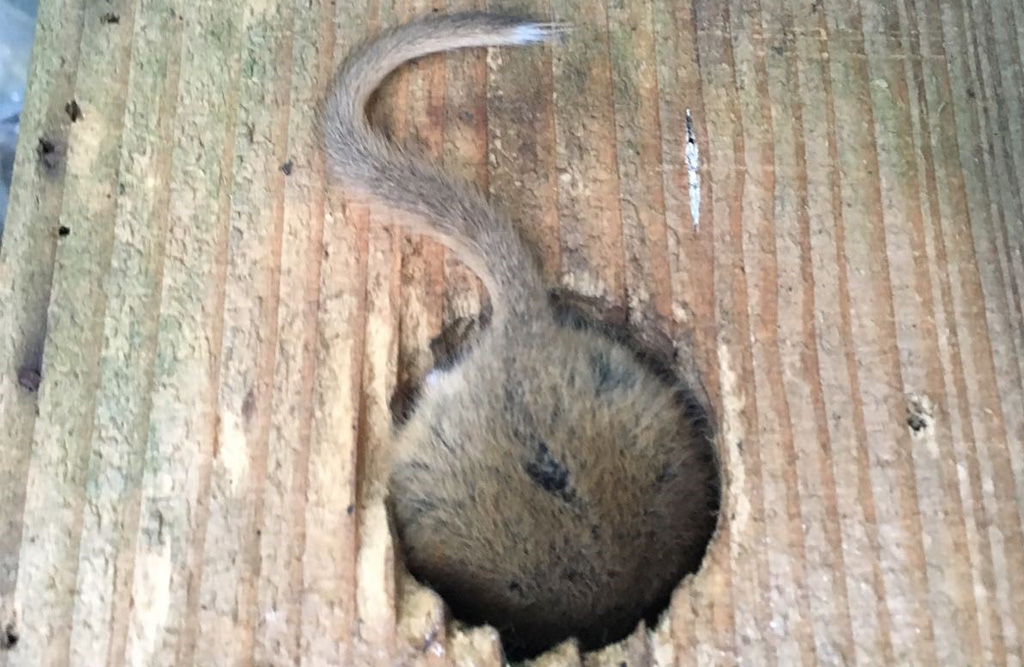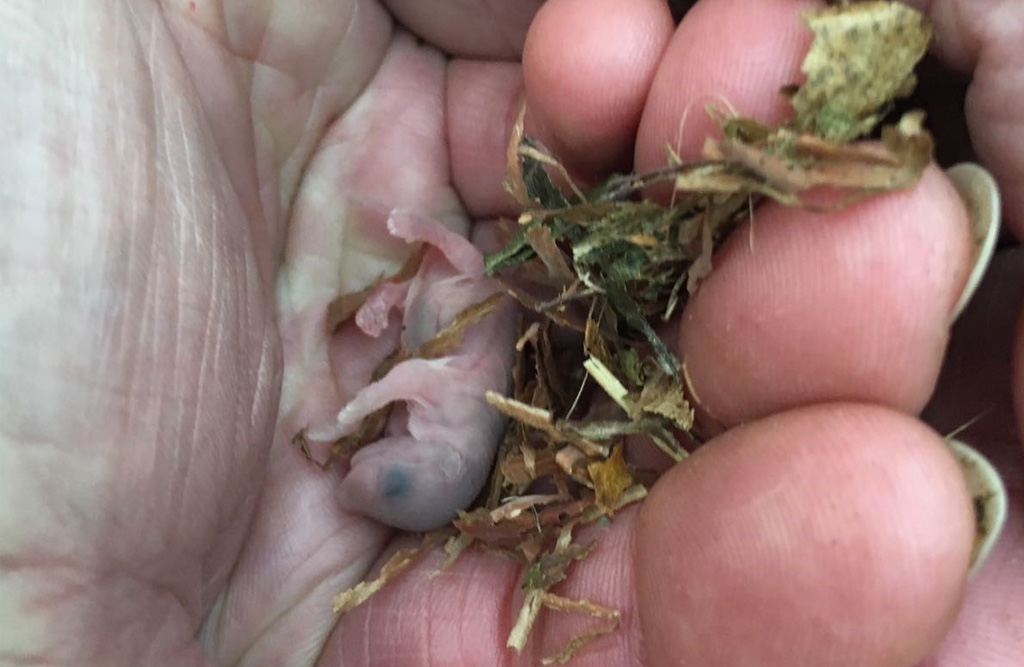SUSSEX DORMICE
The Ecology Partnership have undertaken numerous dormouse surveys in Sussex over the years and were lucky enough to find them on three separate sites in West Sussex over the course of a single survey season.
At the first site, dormouse tubes were placed on each site before March and were checked each month from April-November. The first dormouse was found in late August in an area where they have not been previously recorded. The adult was found within a tube on the edge of a woodland running either side of a railway line and it is believed that this is an important corridor for the species.
Throughout September to November, four adult dormice were found to be using the boundaries of a second site connected to an ancient woodland. Once nests were built within the tubes in September, the adults remained faithful to their tubes for the next three months. Interestingly for this site, more individual dormice were found in the tree line connected to the ancient woodland than along the woodland edge itself. This may have been due to the presence of bramble and a more varied structure in the tree line when compared with the ancient woodland which had a dense canopy and little understorey vegetation. Research has shown that dormice prefer early successional habitats which means that woodlands need to be constantly managed to ensure that they remain suitable for this species.
Our final site was one which had been surveyed two years previously and we were happy to see that dormice were still present. Again, the site was adjacent to an ancient woodland block and dormice were found to be using both the woodland and the connective hedgerows. Interestingly, an adult dormouse was found in an area of the site not well connected to the ancient woodland at the edge of a separate unit of deciduous woodland.
The survey work has helped to inform recommendations for mitigation where we have suggested that significant areas of the site be planted with trees and hedgerows in order to provide a new robust green corridor to benefit both dormice and a range of other species. This will also help to provide a buffer between the new development and the road networks. A good example of habitat creation for the benefit of both people and wildlife.
This was all valuable experience for our ecologists training for their Natural England dormouse licence, one of which had attended a three-day dormouse course on the Isle of Wight run by Ian White, the dormouse officer for the People’s Trust for Endangered Species (PTES). Participants had the opportunity to handle and process over 60 dormice, with some boxes containing up to 8 individuals! They were also lucky enough to see all life stages including pinks, grey eyes closed and eyes open.
